Astronomy night: Attendees get inspiration, information
A preceding lecture explained astronomy and how it differs from astrology.
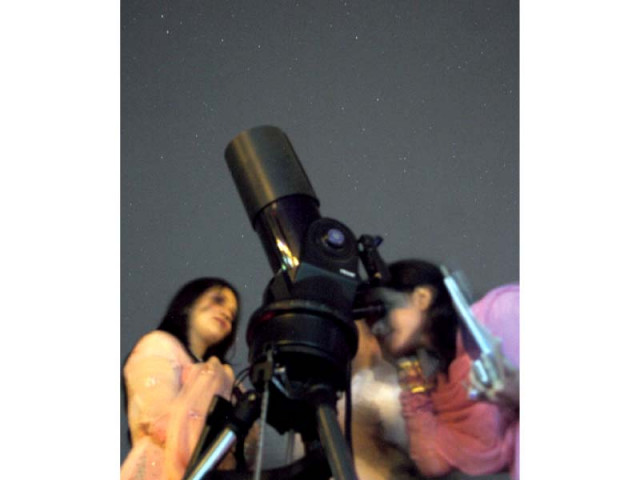
Students, academics and families attended the Astronomy Night at NUST on Monday night to gaze at the sky. However, Brig. Mubashirul Haq Abbasi’s preceding lecture on astronomy proved more educational and interesting for the attendees as the two telescopes --- Meade ETX-125 and Orion EON --- were a bit of let down for some as the magnification did not meet expectations.
Electrical engineer Adil and his family said that they had recently seen a telescope in Lahore that showed eruptions on the sun’s surface in much higher detail, and were underwhelmed by what was visible through the telescopes at NUST. However, Adil commended the university’s effort, “It is a good excuse to do something educational and fun with the family.”
Abbasi’s prelude lecture on astronomy engaged the interest of students and families as he made the subject relevant to their lives. He explained how astronomy can aid in navigation and help them, for instance, determine the direction of the Kaaba, assessing prayer times in different countries and spotting the Eid moon in Ramazan.
He also dispelled a common misconception that astronomy and astrology are similar.
“Astronomy is the study of heavenly bodies, while astrology is the art of prediction,” clarified Abbasi. He noted that in 1930, the two were differentiated and with astrology becoming a pseudoscience.
Kanwal, a ninth grader, told The Express Tribune, “Until today, I had no idea that astrology and astronomy are different. This lecture has made me very interested in astronomy and I will read more on it, maybe even pursue it in higher education.”
Another aspect of Abbasi’s lecture that both interested and worried those in attendance was the threat of asteroid collisions with Earth. A near Earth-sized asteroid, Apophis, could collide with Earth in 2029 or 2036, Abbasi said, before placating the audience by saying that the probability of such an occurrence was extremely low.
On that note, he urged technical engineering and astronomy students to think about solutions to prevent such incidents from happening. Monitoring, he said, is the first and most important defensive tool against such heavenly bodies.
Zoya, an engineering student, commented, “We don’t put much thought to these external threats, but these are very threats and more students need to divert their educational and occupational focus to this field.”
Dr Abbasi also explained the technical aspects of the telescopes, explaining that telescopes with a higher magnitude rating can spot dimmer stars than those with a lower rating. He also pointed out the positions and magnitudes of Aquis, Saturn (planet) and Spica to give the audience a reference point.
Published in The Express Tribune, May 16th, 2012.




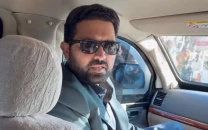
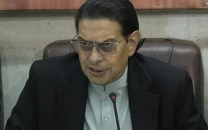
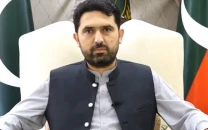
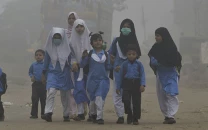
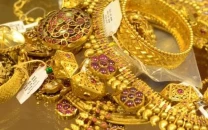
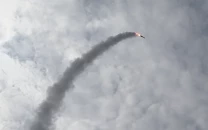
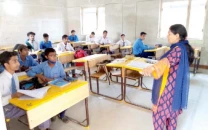
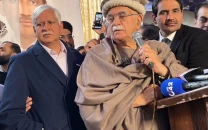
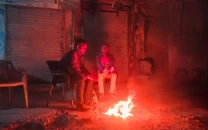
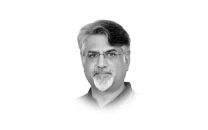

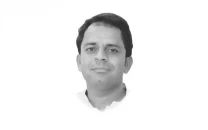

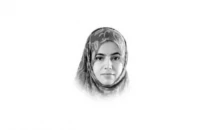
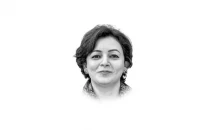
COMMENTS
Comments are moderated and generally will be posted if they are on-topic and not abusive.
For more information, please see our Comments FAQ